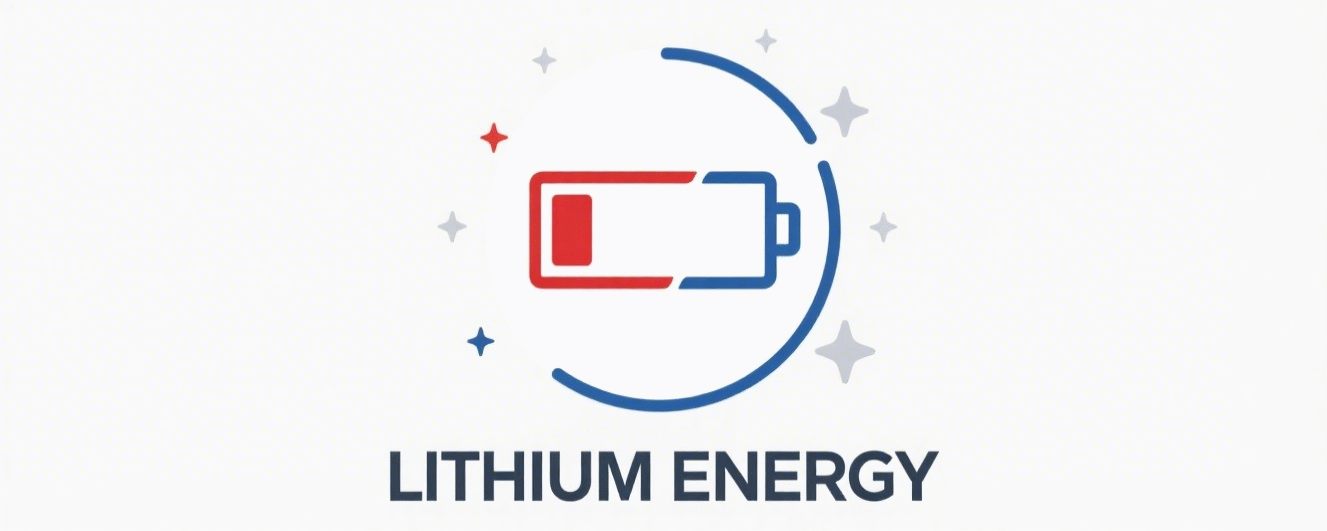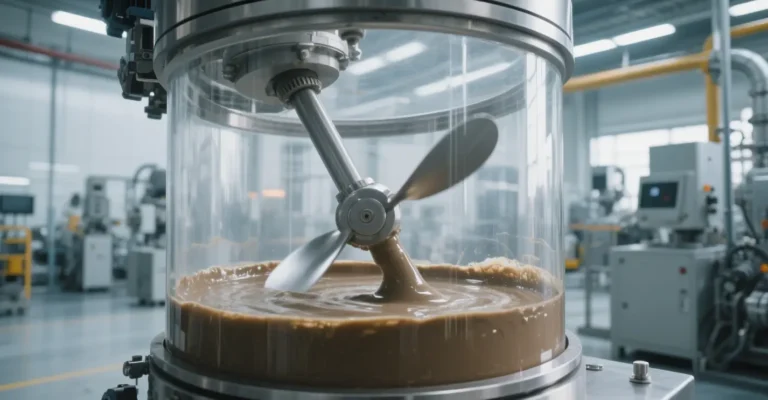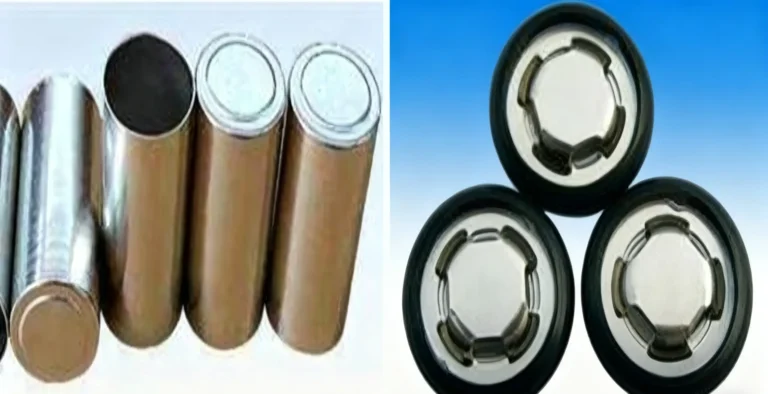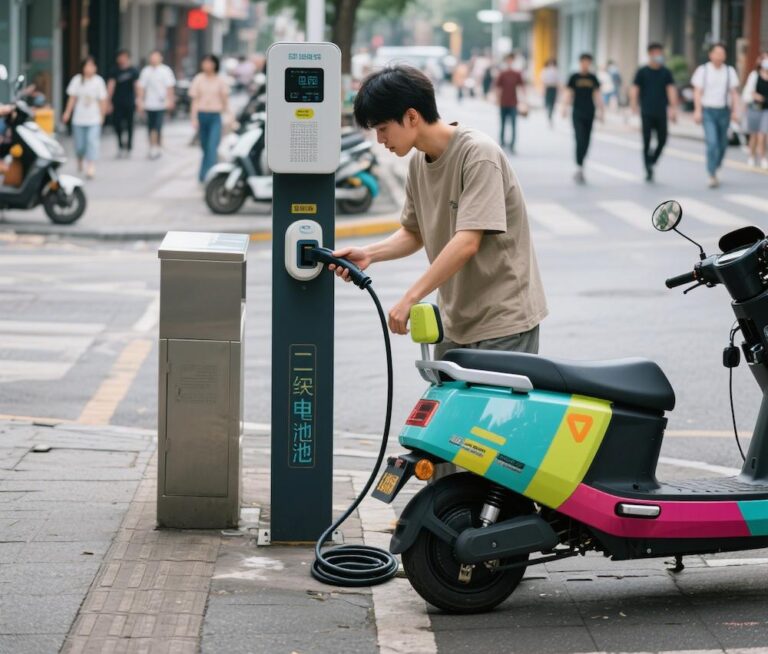Influence of lithium battery paste preparation viscosity on the battery
The core parameter of lithium battery slurry viscosity, detailing its influencing factors, the specific role of battery performance, control strategies, as well as research progress and future direction. Slurry viscosity throughout the lithium battery manufacturing multiple links, the final performance of the battery has a significant impact. By comprehensively analyzing the relevant content, we aim to provide a theoretical basis and practical reference for the precise regulation of lithium battery slurry viscosity and battery performance enhancement.
I.the key factors affecting the viscosity of lithium battery slurry
(A) solid particle characteristics
1. Concentration and particle size
The concentration and particle size of active substances such as LiCoO₂, graphite, and conductive agents such as carbon black and carbon nanotubes have a direct impact on the viscosity of the slurry. The higher the concentration, the greater the number of particles per unit volume, the particles collide with each other and increase the chance of interaction; particle size is smaller, the specific surface area increases, the interaction between the particles is further enhanced, which together lead to a rise in the viscosity of the slurry.
2. Material compatibility
active substances, conductive agents and binders such as PVDF, CMC compatibility status affects the viscosity of the paste. If the material compatibility is poor, there will be agglomeration or flocculation phenomenon, resulting in uneven distribution of particles in the system, increasing the interaction between the particles, significantly increasing the viscosity of the paste.
(ii) Binder and solvent
1. Binder type
The molecular weight, substitution degree and addition amount of CMC (sodium carboxymethyl cellulose) and SBR (styrene butadiene rubber) are closely related to the viscosity of the slurry. For example, a high degree of substitution of CMC can enhance the suspension stability, but excessive use will reduce the fluidity of the slurry, so that the viscosity changes.
2. Solvent selection
There is a significant difference between the viscosity of NMP (oil system) and water (water system), and the solvent evaporation rate affects the rheology of the paste. In a high-temperature environment, the solvent volatilization accelerated, will cause sudden changes in viscosity of the paste, affecting the processing performance of the paste.
(iii) Process parameters
1. Stirring conditions
The homogenization process parameters of positive and negative electrode slurry for lithium-ion battery need to consider the mixing time and speed: positive electrode slurry consists of active substances, conductive agents, binders, etc., mechanical mixing takes 2-3 hours, ultrasonic or high shear mixing takes only 30 minutes – 1 hour, too short a mixing time will lead to insufficient mixing of the material, while too long a period of time may result in over-grinding, which affects the performance of the battery; the negative electrode slurry also consists of active substances, conductive agents and binders. Negative electrode slurry also contains active substances, conductive agents and binders, mechanical mixing takes 3-4 hours, ultrasonic and high shear mixing takes 30-60 minutes, appropriate mixing can ensure that the material is uniformly dispersed in order to enhance the conductivity and capacity of the battery. The optimal range of mixing speed is 1000~1500 rpm, which can not only ensure sufficient mixing of materials, but also avoid electrochemical deactivation caused by excessive mechanical shear. It should be noted that the performance of the battery will be degraded when the speed exceeds 1500 rpm, and different models of lithium-ion batteries from different manufacturers may need to optimize the mixing speed according to the characteristics of the products.
2. Temperature and humidity
Every 10 ℃ rise in temperature, the viscosity of the slurry decreased by about 15%; humidity is too high, the solvent hygroscopic, changing the rheological properties of the slurry, affecting the stability of the viscosity of the slurry.
(D) rheological properties
1. Shear thinning effect
Lithium battery slurry performance for non-Newtonian fluid, in the low shear zone, such as the coating of the early stage, the viscosity is higher; in the high shear zone, such as the coating process, the viscosity decreases. It is necessary to test the viscosity change under different shear rates by rheometer, in order to accurately grasp the rheological properties of the paste.
2. Thixotropy and stability
Thixotropic index, i.e., thixotropic recovery ability, and zero shear viscosity, i.e., tendency to settle, are the key indexes for evaluating the long-term stability of pastes. Good thixotropy and stability can ensure the stable performance of the slurry during storage and use.
II. Specific effects of viscosity on battery performance
(I) Coating process and electrode quality
1. Coating uniformity
When the viscosity is too high, the slurry in the coating process has poor fluidity, which will lead to uneven coating thickness; too low viscosity will lead to the phenomenon of settling, which will affect the consistency of the electrode active substance loading, and then affect the electrode performance.
2. Mechanical properties of the electrode
Viscosity is related to the binder distribution, and uneven viscosity will lead to abnormal distribution of internal stress in the electrode. After rolling, this internal stress difference may lead to curling or cracking of the pole piece, reducing the mechanical stability of the pole piece.
(ii) Electrode properties and electrochemical behavior
1. Conductive network construction
The agglomeration state of conductive agents such as carbon black is affected by the viscosity of the slurry. Moderate viscosity can retain the conductive agent network and ensure good electron conduction in the electrode; while over-dispersion, such as under high-speed shear, will destroy the conductive agent agglomerates, resulting in blocked electron conduction paths and decreased multiplicity performance.
2. Ion transport efficiency
High viscosity will hinder the diffusion of lithium ions in the electrode, increasing the internal resistance of the battery. Increased internal resistance not only affects the battery capacity, but also generates more heat during the battery charging and discharging cycle, accelerating battery aging and affecting battery cycle life.
(C) Battery safety and long-term stability
1. Gas production and expansion
Abnormal viscosity will cause the binder to dissolve or decompose, and when stored at high temperature, the binder will decompose and produce gas, resulting in increased pressure inside the battery, exacerbating the expansion of the battery and affecting the safety performance of the battery.
2. Cycle decay
Viscosity fluctuation will accelerate the pulverization of active materials and reduce the stability of electrode structure. In the process of battery charging and discharging cycle, the instability of electrode structure will lead to rapid decline in battery capacity and shorten the battery cycle life.
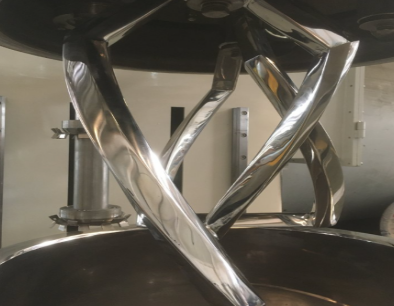
III.Viscosity control strategies and optimization methods
(I) Formulation optimization
1. Binder synergy
The use of CMC + SBR composite binder can balance the suspension and adhesion of the slurry; for high nickel positive electrode, the introduction of alkali-resistant binder such as PTFE can improve the stability of the anode material and optimize the performance of the slurry.
2. Solvent system adjustment
Improve electrode flexibility by adding plasticizers such as EC, or use low-viscosity solvents such as deionized water to reduce the coating difficulty, optimize the solvent system, so as to regulate the viscosity of the slurry.
(ii) Process improvement
1. Precision mixing control
Adopt step-by-step dosing method, such as mixing the active substance and conductive agent first, and then dilution, can reduce particle agglomeration phenomenon, enhance the uniformity of slurry dispersion, and effectively control viscosity.
2. Online monitoring technology
Use rotational rheometer or online viscometer to monitor the production parameters in real time to ensure that the viscosity fluctuation is controlled within ±5%, so as to realize the precise monitoring and regulation of the viscosity of the slurry.
(C) Environment and equipment management
1. Temperature and humidity control
It is recommended to maintain the temperature in the production workshop at 25 ± 2 ℃, humidity ≤ 40%, in order to reduce solvent evaporation and particle hygroscopicity, to ensure the stability of the viscosity of the slurry.
2. Equipment maintenance
Calibrate the viscometer regularly to ensure the accuracy of measurement; optimize the design of mixing paddle, such as the combination of anchor paddle and turbine paddle, to avoid dead-end residue of slurry in the mixing process, to ensure the mixing effect and viscosity uniformity.
IV. Latest Research Technology
(i) New binder development
For example, the emergence of LA132 water-based binder reduces the dependence on NMP, while enhancing the electrode flexibility, providing a new material choice to improve the performance of the paste and battery manufacturing process.
(ii) Intelligent control technology
Based on the real-time data to establish a viscosity prediction model, combined with advanced sensor technology and automated control system, the process parameters are adjusted according to the actual situation in the production process, to realize the precise regulation of the viscosity of the slurry.
(iii) Multi-scale characterization method
Combining CT scanning and electrochemical impedance spectroscopy (EIS) technologies, we can reveal the correlation mechanism between viscosity, electrode microstructure and electrochemical performance from micro to macro scales, which provides a more comprehensive perspective to understand the influence of slurry viscosity on the performance of batteries.
V. Conclusion
The control of lithium battery paste viscosity is a complex systematic project, which needs to be promoted from multiple dimensions such as material selection, process optimization and equipment management. Moderate viscosity is the key to ensure coating uniformity and electrode performance. Excessive pursuit of low or high viscosity will lead to new process problems and affect the overall performance of the battery. In the process of research progress should focus on the development of intelligent viscosity regulation system, combined with the application of green solvents and new binder, to promote the development of lithium battery manufacturing in the direction of high efficiency and environmental protection, and further enhance the application performance and market competitiveness of lithium batteries in various fields.
